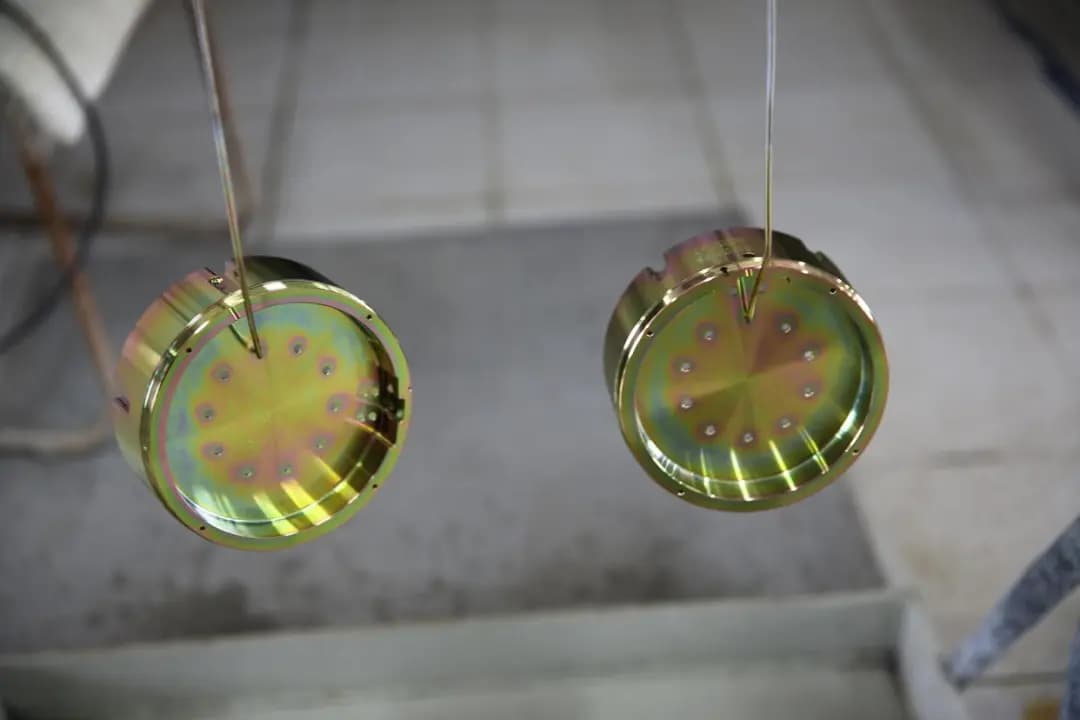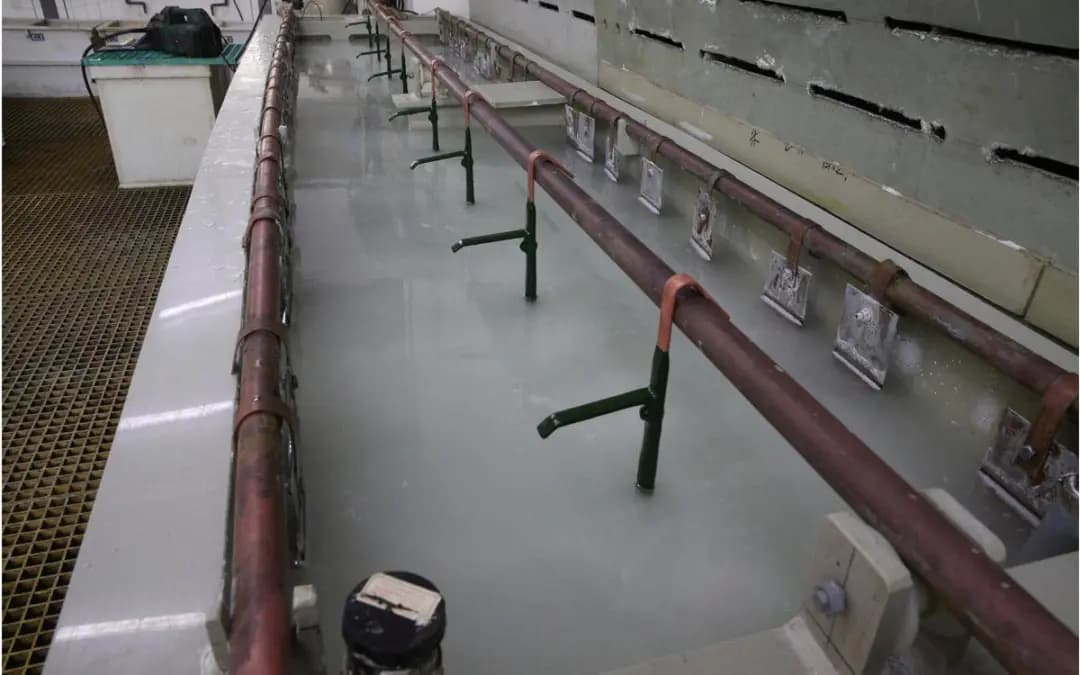- Personalized Customization High Quality Metal Accessories For Brand
- Contact +86-13924451472
Common quality problems and solutions in electroplating processing-A
Metal fitting and metal buckle In electroplating processing, the four major problems of rough coating, poor adhesion, uneven thickness, and pinholes directly affect product quality. By precisely controlling the current density, strengthening pre plating treatment, optimizing the installation layout, and regularly purifying the plating solution, impurity adsorption and bubble interference can be eliminated, allowing metal ions to deposit uniformly and creating a smooth, dense, and highly adhesive perfect coating.
In the field of modern industrial manufacturing, electroplating processing, as an important surface treatment technology, is widely used in many industries. However, in the actual electroplating production process, there are often quality issues that not only affect the appearance of the product, but may also have adverse effects on its performance and service life. This article will explore in detail the common quality problems in electroplating processing and their corresponding solutions.

1、 Rough coating
Rough coating is one of the common problems in electroplating processing. The main reasons for its occurrence are as follows: firstly, there are too many impurities in the electroplating solution, which will be mixed in the coating during the electroplating process, resulting in uneven surface of the coating; Secondly, excessive current density can also cause the coating to become rough, and high current can lead to rapid deposition of metal ions on the cathode, forming rough crystals; In addition, improper pre-treatment, such as incomplete removal of oil stains, rust, etc. on the surface of the workpiece, can affect the adhesion and flatness of the coating.
The methods to solve the problem of rough coating include: regularly filtering and purifying the plating solution to remove impurities; Reasonably control the current density and adjust the appropriate current parameters according to different plating types and workpiece requirements; Strengthen pre plating treatment, adopt appropriate cleaning methods and processes to ensure that the surface of the workpiece is clean and free of impurities.

2、 Poor adhesion of coating
Poor adhesion of the coating can lead to peeling, detachment, and other phenomena during use. The reason for this problem may be the poor surface condition of the substrate material, which contains oxide films, oil stains, or other pollutants that hinder the good bonding between the coating and the substrate; In addition, unreasonable electroplating process parameters, such as improper control of plating solution composition, temperature, pH value, etc., can also have a negative impact on the adhesion of the coating.
To improve the adhesion of the coating, the following measures should be taken: thorough pretreatment of the substrate material before electroplating, including oil removal, rust removal, activation and other processes, to make the substrate surface present a fresh and clean state; Strictly control the electroplating process parameters to ensure stable composition of the plating solution, suitable temperature, and pH value within the specified range; At the same time, appropriate intermediate transition layers such as pre copper plating or nickel can be used to enhance the adhesion between the coating and the substrate.
Serach
Related recommendations
© 2025. All Rights Reserved. OYC Accessories CO.,LTD








